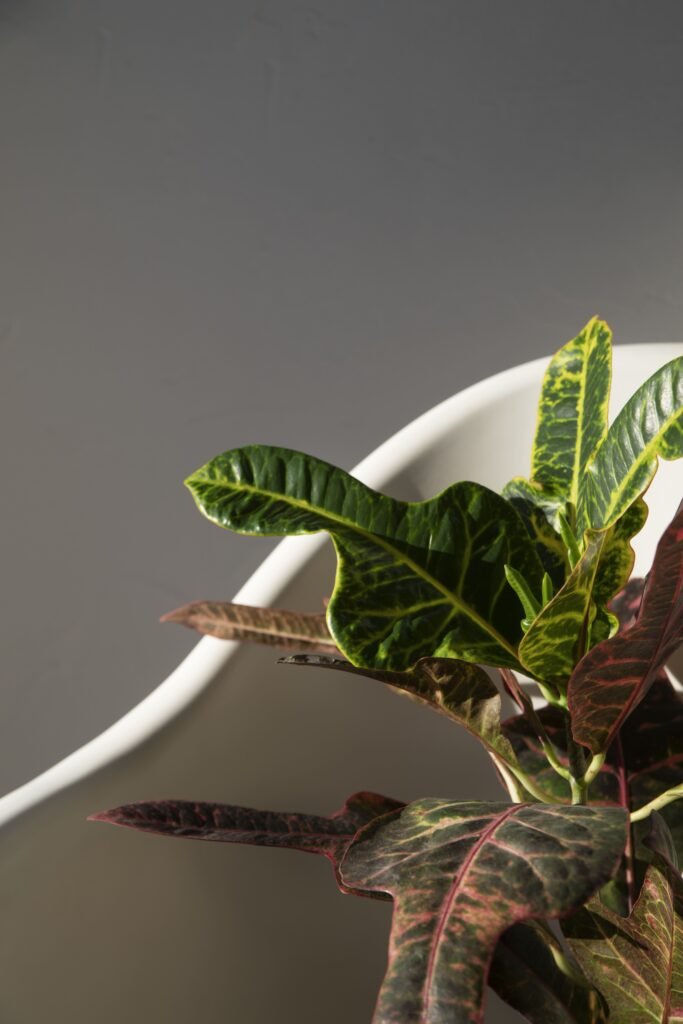CROTON
- admin
- July 6, 2024
- Uncategorized
-
Post Views: 80
- 0
- lighting: as a tropical plant, it needs bright light all year around, as bright light enhances the color intensity of the leaves, but it is necessary to protect it from direct sun. Croton can lose its special coloring of foliage due to low light conditions, its leaves just can turn green.
- watering: during vegetation period the plant should regularly receive copious irrigation. Don’t overwater or overdry it, as it is dangerous for the plant. In winter water the plant less, as the low temperature can cause rotting. Use warm, settled and soft water.
- fertilizing: in spring and summer fertilize the plant with complex mineral fertilizer every 2-3 weeks after watering. In winter the frequency of feeding is reduced to once in 6-8 weeks.
- humidity: as a tropical plant, Croton requires high level of humidity. During hot season it requires regular mist of foliage with warm water. In winter the plant needs moisturization much more often. Keep the level of air humidity between 60-70%.
- temperature: the lowest temperature for normal growing for the plant is 60 °F, but the temperature level should not exceed 80°F. It is not frost resistant. Sudden cold can cause defoliation or even death of the plant.
- repotting: the young plant demands repotting each year. Choose the pot slightly bigger than the previous one. Keep the ball of soil not to damage the roots of the plant. Adult Croton can be repotted once in 2-3 years.





